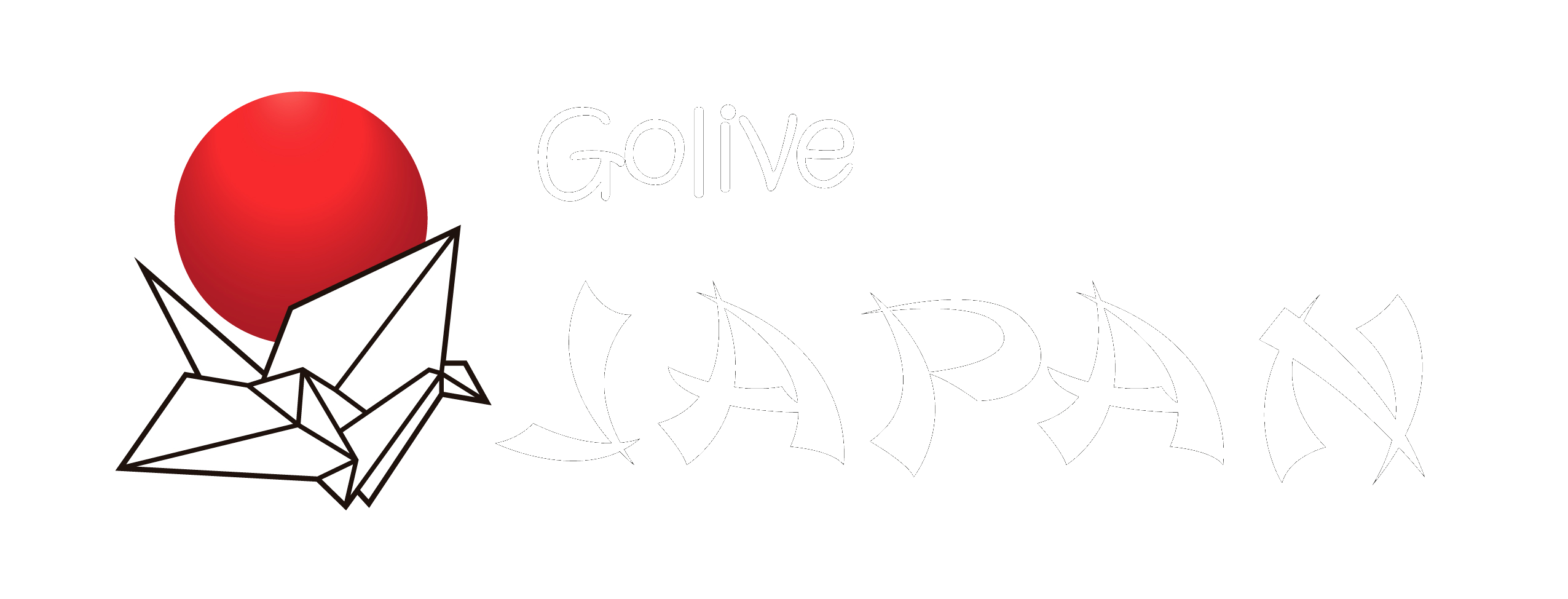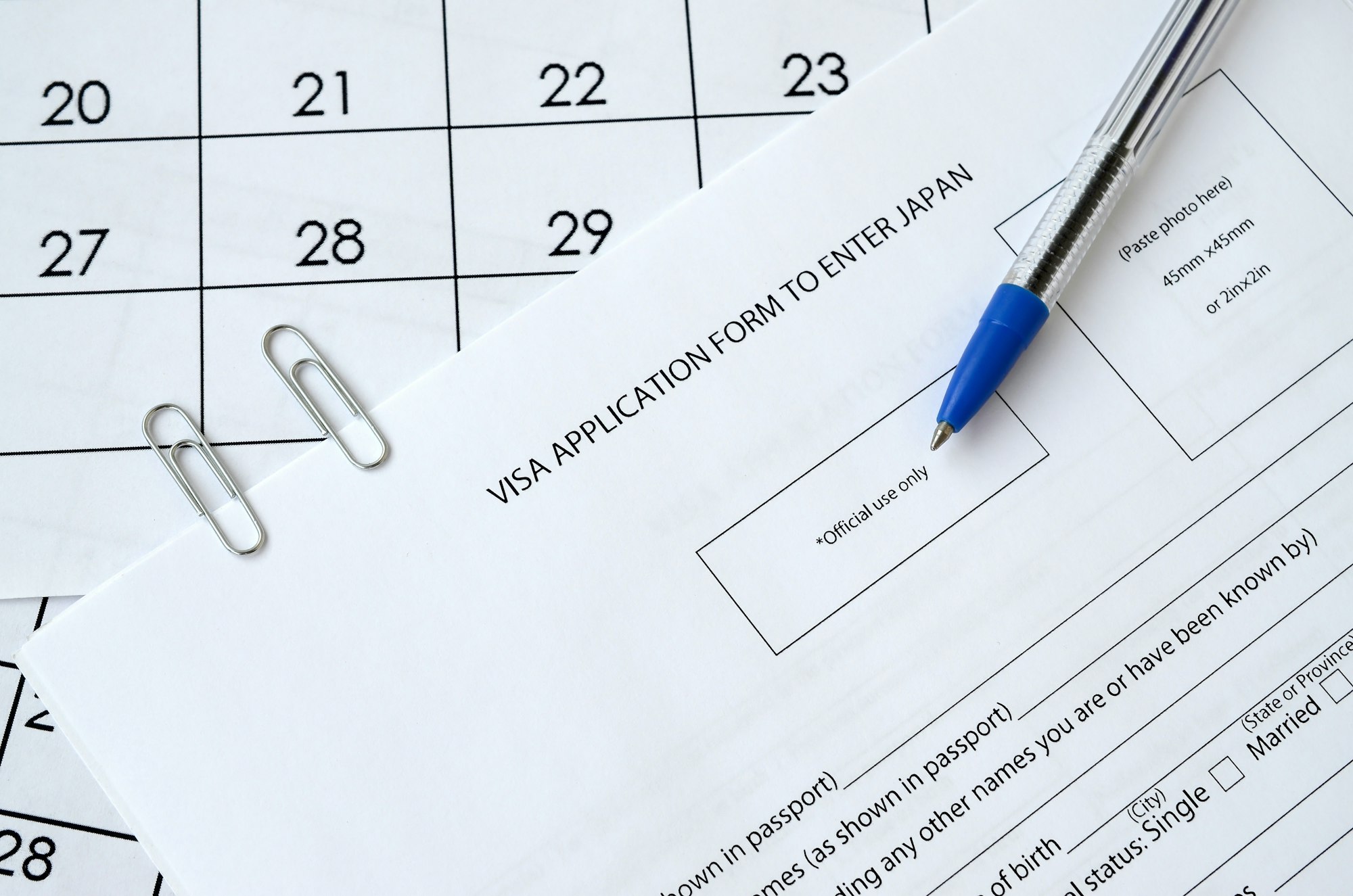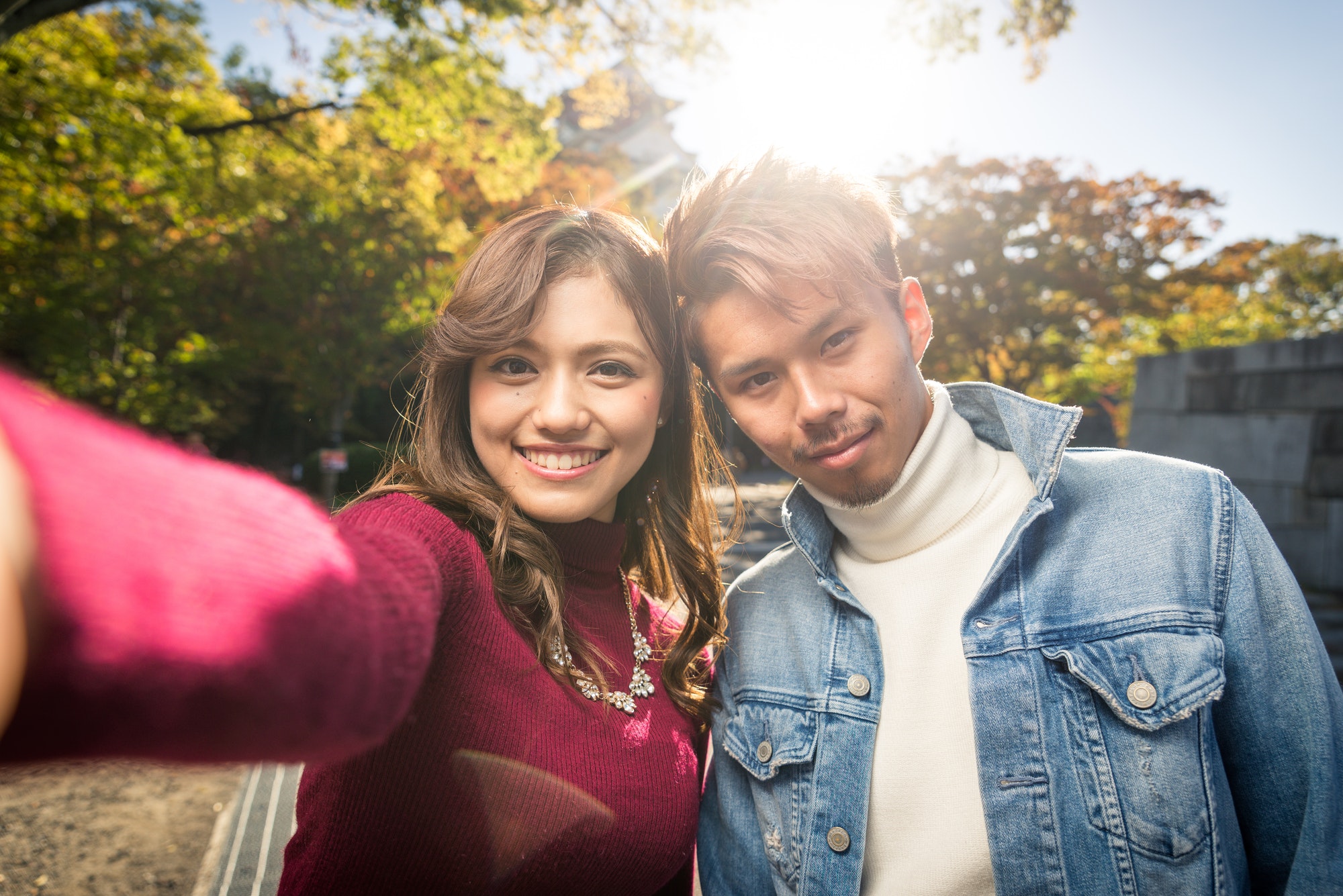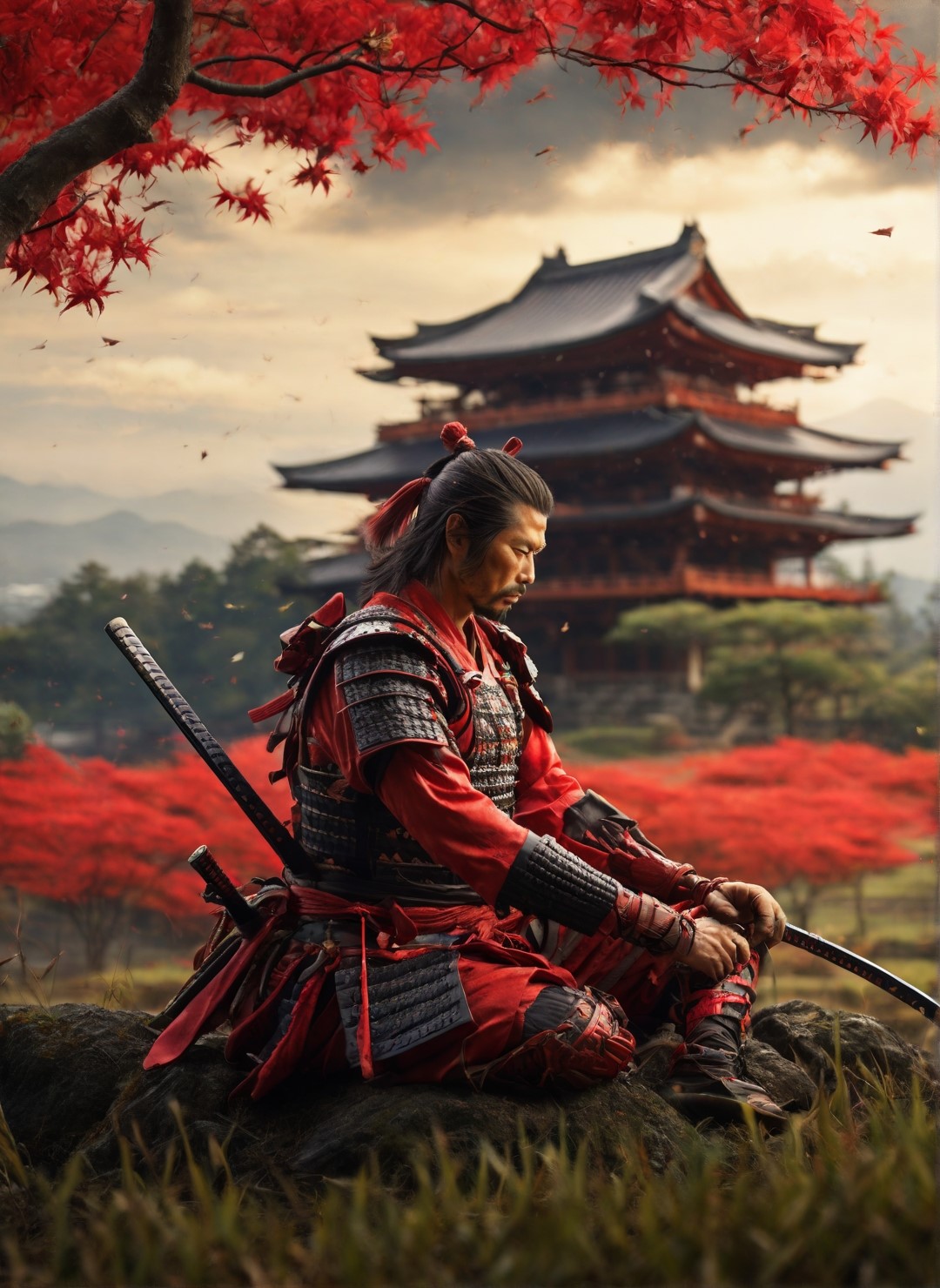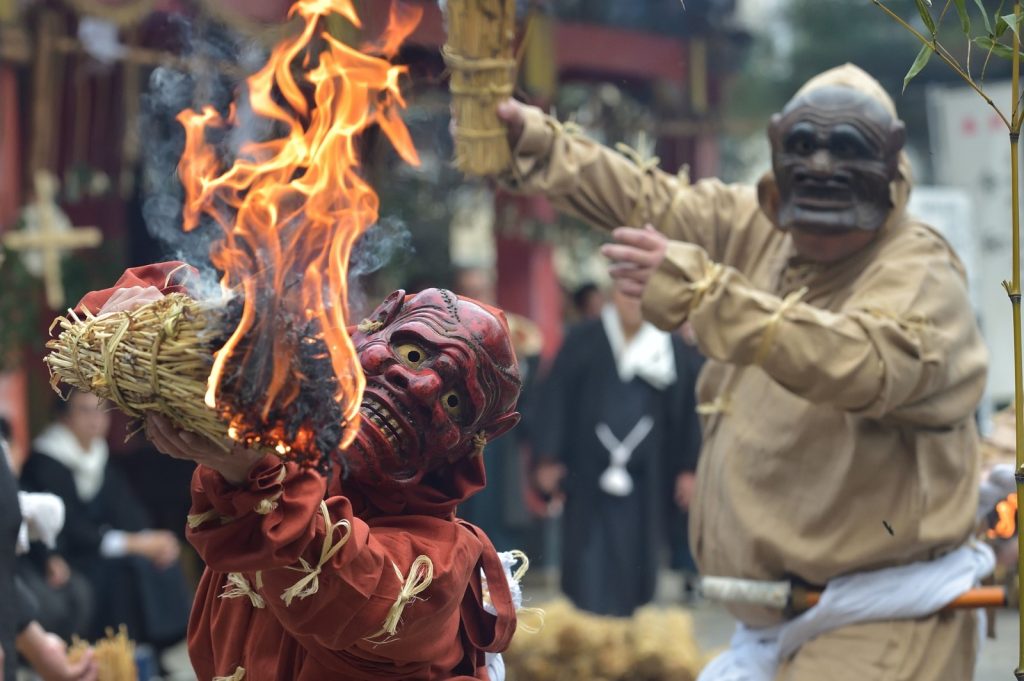
In January, Japan welcomes Setsubun, a holiday that marks the change of seasons and seeks to ward off evil spirits to ensure good fortune in the new year. Celebrated on February 3, Setsubun is a unique experience that combines traditional rituals, community festivals and the joy of renewed hope.
The main Setsubun ritual
The main tradition of Setsubun involves mamemaki, or throwing roasted beans and cookies called “fortune beans.” In this ritual, families gather and one member throws these symbolic objects while others receive them, shouting “Oni wa soto, Fuku wa uchi!” which means “Out with the demons, in with happiness!” The action symbolizes the expulsion of bad luck and the welcome of good fortune.
Where to see the Setsubun
One of the most prominent places to experience Setsubun is Senso-ji Temple in Asakusa, Tokyo. Here, thousands of people gather to participate in the mamemaki ceremony led by celebrities and religious figures.
Además del mamemaki, algunos templos también realizan el “Ritual del Ehomaki”, donde se consume un rollo de sushi largo y sin cortar mientras se enfrenta en una dirección específica considerada auspiciosa para ese año.
Other Setsubun events and festivals
The Setsubun is not limited to temples; Communities organize local events and festivals. Activities include parades, traditional dances and food markets where you can try seasonal specialties.
This holiday reflects the deep connection between Japanese culture and nature, as well as the importance of community and renewed hope at the beginning of the new cycle. Setsubun is an experience that fuses spirituality with fun, offering those who participate a glimpse into the rich tradition and vibrant energy of Japan in January.

